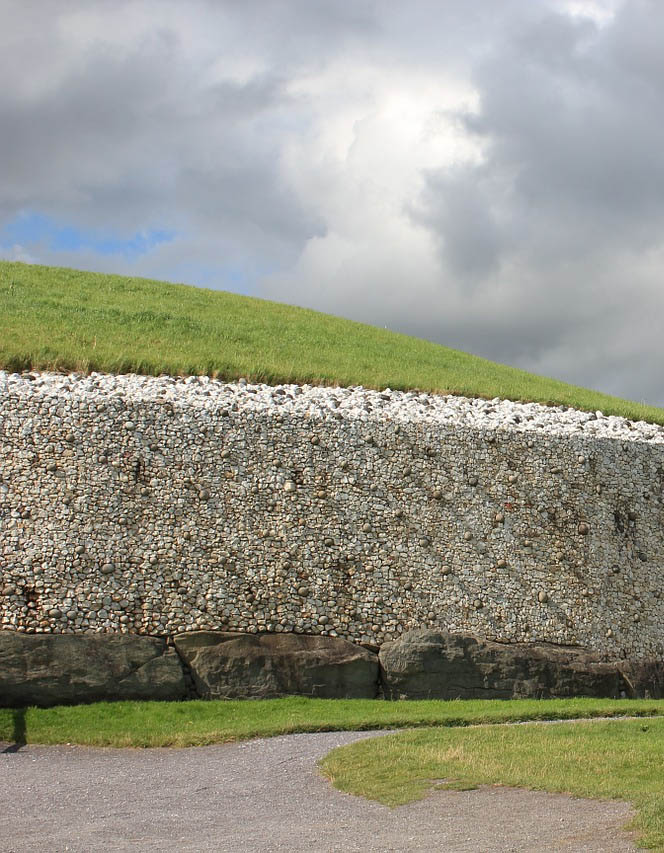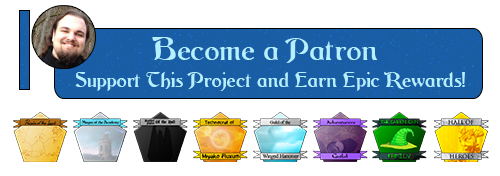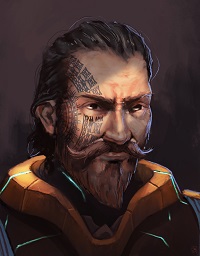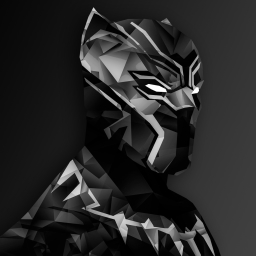Gears, Mounds, and Elements - Funeral Rites on Aqualon
The Half-Gear Grave
In time, all men are laid to rest and a surprising many of Hooper Chain citizens, at least those from wealthier strata of society, choose the tiny island of Graanshoof as their final resting place.Much like the Church of Pure Souls, The Brotherhood of the Null bury their dead in graves marked with gear-shaped headstones. In fact, this tradition does originate in the Black Sanctums of the Null, not with the church, which only adopted it later on. However, even though this rite has spread far and wide across the world in recent centuries, there are a number of other burial rites that were practiced in the past, most of which have remained prevalent throughout a number of cultures to this day.A common type of grave in Aqualonian cultures is the half-gear gravestone popularized by the Church of Pure Souls, engraved with the name, birth and death dates, and an obituary sentence by the deceased's loved ones. They are meant to signify the soul taking its place as a cog of the Great Clockwork before its time of rebirth arrives.
The Mummies of Arkamanthali
The body rose slightly above the stone bier, and on the embalmed linen wrappings, pearls of clear water began to appear. They grew all over like strange drops of dew, that gather on grassy fields by the Giranja during the first hour of the sun. Finally, they moved towards the feet, joining into a globe of water. The body was now sunken in, and no drop of liquid remained inside of it, so it fell a few inches, landing lightly on the bier again. The globe moved towards the clear glass vessel, which was long like a vase and decorated with gold, and the water flowed into it, filling it up.Arkamanthali was the line of paros that ruled during the time of the great Arkatrashian Empire, which started with the Lady of Water Aui the Great, who cultivated the entirety of the Red Sands within her lifetime using her dominion over all water in the world. They built the greatest pyramids of the Red Sands as their palaces and later tombs, which still rank among the tallest buildings of the world today. During the Age of Heroes, the empire almost fell into ruin, and only the great city of Arkatrash remained from those days of glory.
The great Paro, Aui Nekhbet Eshe Tabla Kayun, Lady of Water, stepped forth, her spell complete. She lifted the mazhariat alhaya, the vase of life, and held it out to the dead man's family, watching the mother, the father, the sister, the brother all take a deep swallow of the water that had once been the life-force of their dearly departed. Once they had drunk deeply, Aui the Great turned to the masses that had gathered below the great palace of Arkamanthali. For a great offering of many wares, the technocrats of Guantil-ya had set up a mighty machine that had projected the scene larger than life onto the side of the pyramid below the great palace, and magic of the wind brought from far away made the voice of Aui the Great wash over the tens of thousands of people like the roar of a storm: "Hear me, my people. All who die rejoin the Great Wheel! All who die are one with all! So I proclaim from this day: this is the way we honor them! Drink the nectar of their days lived on this world and burn their memories into your minds but toss aside their shriveled bodies, for they are the husks left behind on their journey to greatness!"
All cheered for Aui; all cheered for the paro. The mages of water she had trained in her great palace would from this day forward perform the last rites of our people, and so it has been for as long as I have lived.
In the end, the rite of mummification by magic was abolished due to a lack of qualified water mages in the beginning of the Age of Gears and Elements, and today only the wealthy can afford to hold the ceremony.
As a side note: The tens of thousands of mummies that had been tossed into the sands over the course of the Arkamanthali line were later used as fuel for the steam engine bought by Arkatrash from the technocrats of Altonar in the 16th century GE, a practice that was looked down on by many as disrespectful, though proponents firmly insisted on the intentional mundane nature of the mummies as per the ritual that created them.
Rites of the Five
The still popular spiritualist and naturalist practices of the long defunct Church of Ur-Soulism are still being kept alive throughout the Yamato Kingdom and the Middle Lands, meaning there are many shrines of Water, Fire, Lightning, Wind, and Earth littered throughout these cultures. People often also adhere to the prescribed funeral rites of Ur-Soulism, which put into practice the idea of making the body an immutable part of the world, a relic of the time the soul of the person spent on Aqualon.To perform the rites, the beloved or dutiful shrine maidens have to carry the remains to one shrine of each of the five ur-souls, which are each representative of one of the five elements.
- The body is brought to a shrine of water and all fluid is drained into a vessel, much like the old rites of Arkamanthali.
- The dried husk is brought to a shrine of earth and crushed and molded into a lump of earth, which is infused with the water.
- The lump is brought to shrine of fire and baked into sand.
- The sand is brought to a shrine of lightning and turned into a crystal.
- The crystal is brought to a shrine of wind and polished to shine.
- Lastly the crystal is donated to the shrine the departed visited or loved the most.
Barrows of the North
The Nordmen have built barrows as burial sites since the First Age, with Kaltani, Skôts, and Gallians building different types of burial chambers or cairns, often holding several dead, creating earthen mounds on top, which can be found throughout forests and plains in the North, often overgrown with vegetation.Barrows are seen as a blessing to the land and a marker to show that Nordmen died nearby.
Angel Saxons supposedly also construct barrows, but there is little known about how they go about it.
While not a burial rite, it should be noted that all Nordmen carry lodestones around their necks, which capture their soul upon death, redirecting it to the nearest group of Angel Stones. These transport the soul to Asgard where Freyja guides them to the golden gate of Helgard, often referred to as the Small Gate, a way-station between life and the Great Clockwork.
Make sure to keep these things and check
For pocket knife,
For water skin,
For safety of your hearth and kin,
And for the afterlife:
A lodestone kept around your neck.
- Mazhariat alhaya come in many shapes, though few originals from the time of the Arkamanthali line still remain intact.
- The crystal created during the Ur-Soulism burial rites is sometimes called fulgurite since its creation process resembles that of the same-named mineral, which is found where lightning hits natural sand (usually in the desert, forming different crystals in the Red Sands and Golden Sands). The hue and shape of the fulgurite created during the rites of Ur-Soulism depend heavily on the earth with which the body is mixed.
- The Albeney Barrow, located near Albeney in the Odenwald, is one of the largest mass-graves and monuments of the Kaltani and was built with the help of Angel Saxon builders during the height of the Great War, which is now often referred to as the Age of Heroes.
- The crystal created during the Ur-Soulism burial rites is sometimes called fulgurite since its creation process resembles that of the same-named mineral, which is found where lightning hits natural sand (usually in the desert, forming different crystals in the Red Sands and Golden Sands). The hue and shape of the fulgurite created during the rites of Ur-Soulism depend heavily on the earth with which the body is mixed.
- The Albeney Barrow, located near Albeney in the Odenwald, is one of the largest mass-graves and monuments of the Kaltani and was built with the help of Angel Saxon builders during the height of the Great War, which is now often referred to as the Age of Heroes.














Great read, I really enjoyed it! The text flows continually and easy to read. And the idea of turning your beloved into a crystal to sacrifice to gods is just... wow!
I'm so glad you enjoyed it ^-^